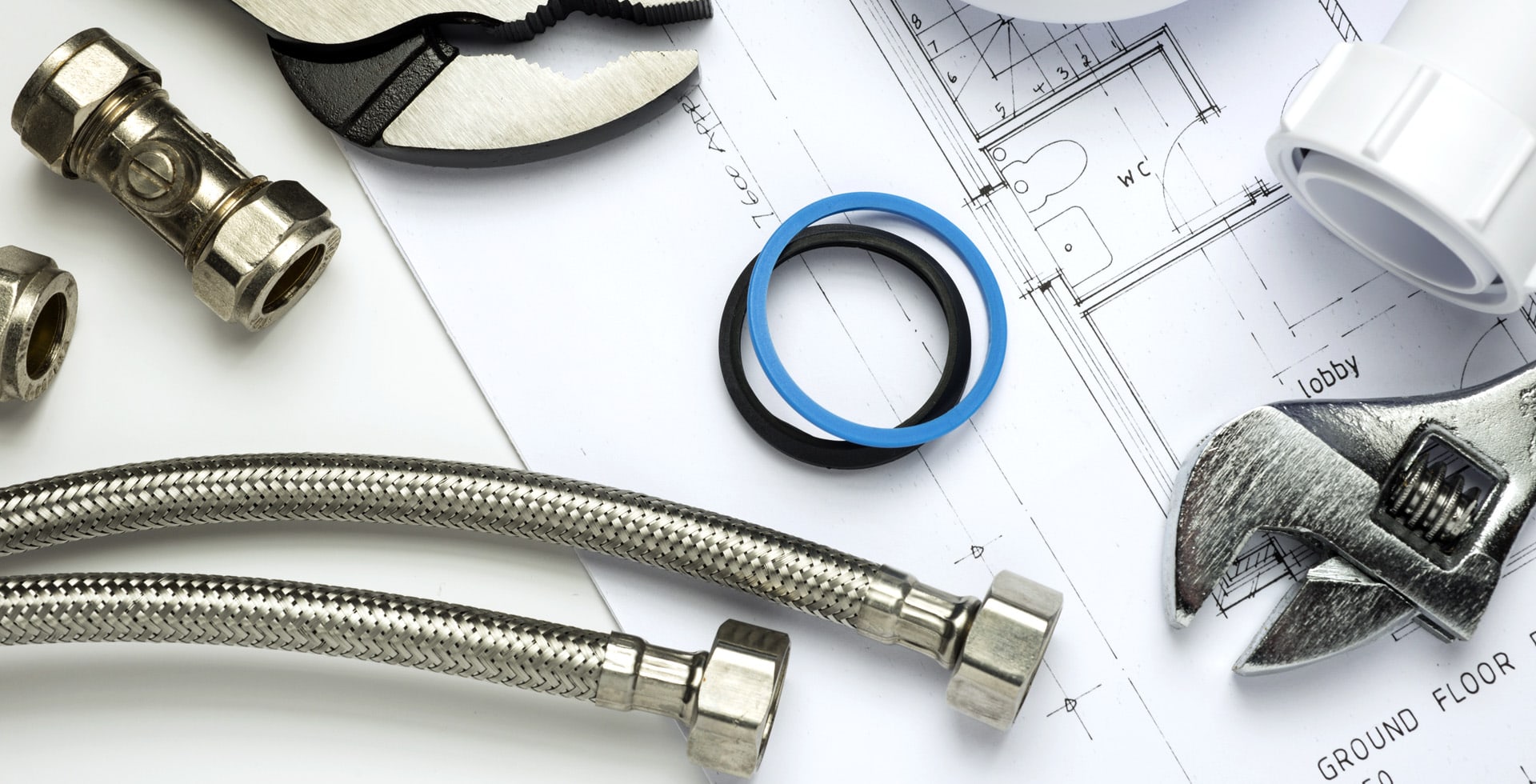Repointing Chimney Mortar: What It Involves
Introduction to Repointing
Repointing is a crucial maintenance process for any masonry structure, especially chimneys. Over time, mortar joints can deteriorate due to weathering, freezing and thawing cycles, and other environmental factors. Repointing involves removing old, damaged mortar and replacing it with new mortar to ensure the structural integrity and longevity of the chimney.
Why Repointing is Important
Repointing chimney mortar is not just about aesthetics; it serves several critical functions:
- Structural Stability: Properly maintained mortar joints provide essential support to the chimney structure.
- Preventing Water Ingress: Cracked or deteriorating mortar can lead to water penetration, which can cause further damage.
- Improved Energy Efficiency: Well-sealed chimneys help maintain temperature, reducing energy costs associated with heating.
- Increased Lifespan: Regular maintenance extends the lifespan of your chimney and reduces the need for costly repairs.
Signs That Repointing is Needed
Recognizing the signs that indicate a need for repointing is crucial for homeowners. Look out for:
- Visible cracks in the mortar joints.
- Loose or crumbling mortar that can be easily dislodged.
- Uneven or missing mortar in certain areas.
- Water stains or dampness in the interior around the chimney area.
- Mold or mildew growth near the chimney, indicating moisture issues.
The Repointing Process
Repointing is a detailed process that requires careful attention to ensure optimal results. Below are the primary steps involved:
1. Assessment and Preparation
Before beginning the repointing process, a thorough assessment of the chimney should be conducted. This includes examining the extent of the damage and determining the appropriate tools and materials for the job. Clear any surrounding debris and set up a safe working environment.
2. Removing Old Mortar
The next step involves removing the old mortar. This can be done using:
- A masonry chisel and hammer for small areas.
- A grinder or drill for larger sections.
It’s essential to remove any loose mortar without damaging the surrounding bricks. Aim to dig out at least half an inch to allow for proper adhesion of the new mortar.
3. Cleaning the Joints
After the old mortar has been removed, the joints must be cleaned thoroughly. Use a wire brush or a vacuum to eliminate dust and debris, ensuring that the new mortar can bond properly.
4. Mixing New Mortar
Select a high-quality mortar mix suitable for masonry. Follow the manufacturer’s instructions regarding the mixing ratios. Typically, a mix of Portland cement, lime, and sand is used for optimal durability.
5. Applying New Mortar
Using a pointing trowel, carefully apply the new mortar into the joints. Ensure even distribution and fill all gaps thoroughly. It may be necessary to use a mortar bag for deeper joints. Smooth the surface to achieve a clean finish.
6. Curing the Mortar
Once the mortar is applied, it requires proper curing. Keep the freshly pointed mortar damp for a few days to ensure it sets correctly and achieves maximum strength.
Tools and Materials Needed
Having the right tools and materials can make the repointing process more efficient. Here is a list of essentials:
- Masonry chisel
- Hammer
- Pointing trowel
- Mortar mix (Portland cement, lime, and sand)
- Drill and mixer (if needed)
- Wire brush and vacuum
- Mortar bag (for deeper joints)
- Protective eyewear and gloves
Maintenance Tips After Repointing
Post-repointing maintenance is vital to ensure the longevity of the work done. Consider the following tips:
- Regularly inspect the chimney for signs of wear or damage.
- Clean the chimney and surrounding areas to prevent buildup of debris.
- Ensure proper drainage around the base to avoid water pooling.
- Consider waterproofing treatments to protect the mortar from moisture damage.
Conclusion
Repointing chimney mortar is a significant investment in your home’s health and safety. By understanding the process, recognizing when it is needed, and following through with regular maintenance, homeowners can help ensure their chimney remains structurally sound for years to come. Whether you undertake the task yourself or hire a professional, knowing what repointing involves empowers you to maintain this vital component of your home efficiently.

